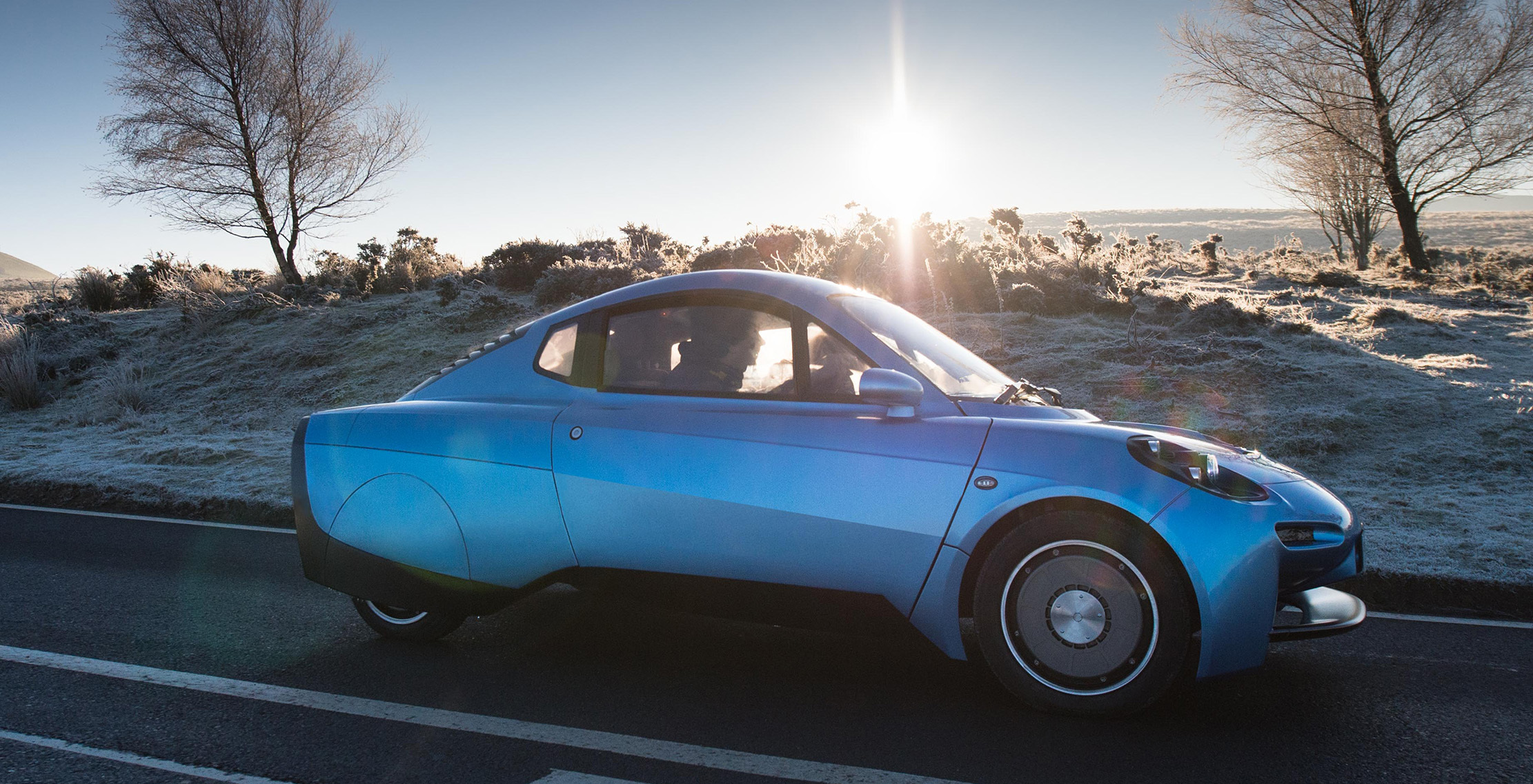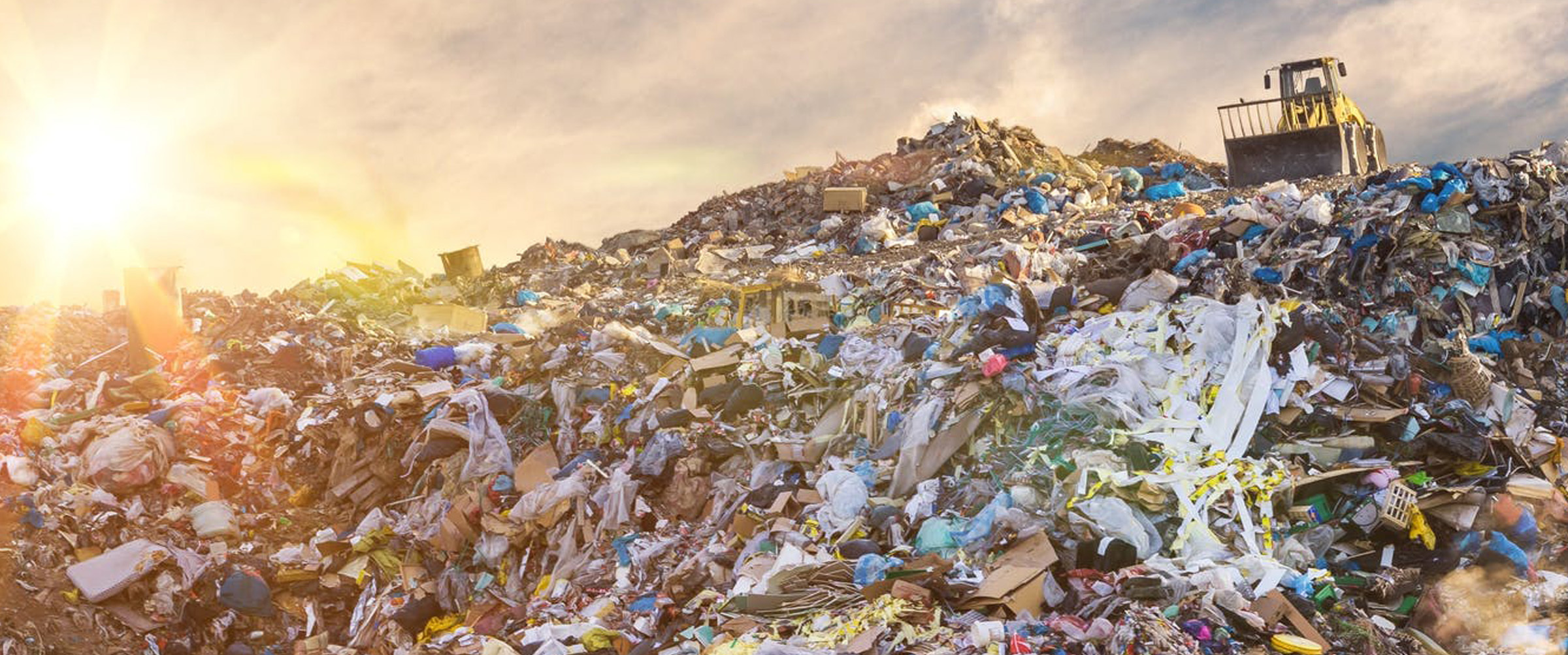Product Design and the Circular Economy
Take. Make. Waste. Most products aren’t designed to be reused or repurposed; when they reach their end of life, there’s no plan to preserve the materials used to make them. This one-way system is called the linear economy. Raw materials are sourced, processed and thrown away.
The linear economy incorrectly conceives of every resource as unlimited. The way we approach resources poses real problems for the environment and for businesses.
Products must be designed not just for one use, but for multiple life cycles if businesses are to remain viable. Dr Katie Beverley, Senior Research Officer at PDR, discusses an alternative approach — termed the circular economy — and how product design can help us to achieve it.
What is the circular economy?
In a circular economy, resources are reused or repurposed to retain their value. Katie explains, “When I talk to businesses about the circular economy, I describe it as a systemic approach to decoupling their use of resources from their economic return.”
“That means really understanding the relationship between consumers and the products that you make and looking for ways in which you can extract value from those relationships without having to make more product. Matching consumer needs and wants to business models can allow you to keep products, materials and components in productive use for as long as possible.”
The circular approach can be applied to all sorts of products and business models, though with varying degrees of complexity.
How can circular product design benefit businesses?
The circular economy reduces waste, landfill and energy consumption. But beyond the environmental benefits, circular product design can also increase profits and reduce reliance on finite resources.
“Circular product design is not limited to physical goods,” explains Katie. “It incorporates complementary service design too. These services help businesses generate additional profit streams."
“Think about selling a laptop, for example. Instead of the relationship between customer and retailer ending at the shop door, a leasing model could manage repair, maintenance and end-of-life for the manufacturer and build an ongoing relationship with the customer. Designed right, this has the potential to increase profits for the manufacturer and retailer and increase consumer loyalty.”
By designing out raw material reliance and developing creative business models, companies could gain more from a circular economy than a linear one.
Circular product design projects
PDR have undertaken a number of projects that employ a circular economy perspective at their core. This includes work with Riversimple, a sustainable, hydrogen fuelled car company keen to avoid waste after their vehicles’ components complete their lifecycle. "We worked with Riversimple and QSA Partners to develop a method that could be used to optimise the business model by identifying opportunities for sharing the value of recovered materials with their suppliers."
Staying within automotive, PDR is designing replaceable modular components for a European car manufacturer. “Car parts can contain materials and components that have different life cycles. When one component becomes obsolete – through failure, or because there is a new function that customers want added, it can be easier to scrap the whole part, rather than repairing it. We’re designing a modular steering wheel that can be taken apart easily so it can be repaired and upgraded.”

What’s next?
Katie believes that our reliance upon limited resources will be increasingly questioned and must eventually stop.
“Established businesses should consider incorporating circular design principles, whilst new businesses should embrace these ideas from the offset. PDR is already supporting leading companies to join the circular economy. We hope to see more partners working with us in future.”
Learn more about PDR’s work, or to discuss an idea, contact us.
Established businesses should consider incorporating circular design principles, whilst new businesses should embrace these ideas from the offset
Dr Katie Beverley | Senior Research Officer | PDR

